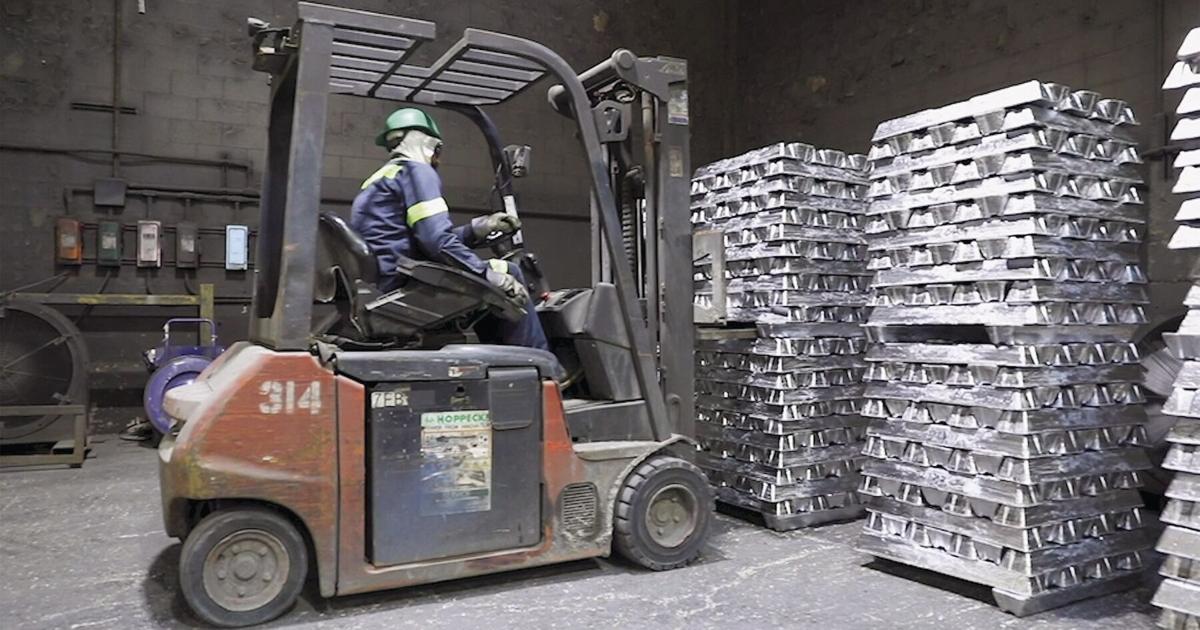Gold Reserves Reach All-Time High, Constituting 32.9% of Russia’s Total Assets
Russia’s Gold Reserves Surpass 0 Billion, Marking a Historic Economic Milestone
In a significant development that underscores the shifting dynamics of global finance, the value of Russia’s gold reserves has exceeded 0 billion for the first time in October 2023, as announced by the Bank of Russia. This pivotal moment is not merely a numerical achievement; it signals a strategic pivot in Russia’s economic framework, emphasizing the growing importance of gold in the nation’s monetary base. As of November 1, 2023, the total dollar value of these reserves reached an impressive 7.7 billion, with gold accounting for an astounding 32.9% of Russia’s international reserves.
The recent surge in the value of gold can be attributed to a broader trend in financial markets. As global economic uncertainty continues to loom—fueled by geopolitical tensions, inflationary pressures, and fluctuations in major currencies—investors have increasingly turned to gold as a safe haven. In October, gold prices achieved a historic high of ,800 per ounce, reflecting a noteworthy increase of approximately 4% over the month. This rise has had a direct correlation with the growing proportion of gold within Russia’s reserves, a figure that reaches its highest point since November 1999, when gold comprised 34% of international reserves.
Historically, the record for gold holdings in Russia dates back to January 1993, when monetary gold represented a staggering 56.9% of the country’s total assets. Although the current percentage falls significantly short of that peak, the recent uptick marks a robust recovery in the strategic significance of gold amid a global shift towards asset diversification. Such moves appear to be part of Russia’s broader economic strategy aimed at de-risking its international reserves, particularly given the intensifying sanctions and economic backlash stemming from international conflicts.
In its latest release, the Bank of Russia elucidated that the total international reserves, which include not only gold but also foreign currency and Special Drawing Rights (SDRs), currently amount to 1.6 billion. This figure reflects a modest decrease of .1 billion from the previous month, illustrating the volatile nature of reserve management in contemporary economies. Nonetheless, the increase in gold holdings amid this slight decline in overall reserves speaks volumes about the central bank’s strategic foresight, particularly in the face of rising tensions and deteriorating economic conditions in other sectors.
Russia’s motivations for bolstering its gold reserves can be interpreted as a response to external pressures—an effort to secure its economic future in light of sanctions that have targeted its financial systems. As countries like the United States and members of the European Union impose punitive economic measures, securing substantial reserves of a historically stable asset like gold offers a protective buffer against further financial isolation.
Moreover, the implications of this growing reliance on gold extend beyond mere reserve management; they raise questions regarding global financial systems, alternative currencies, and the potential for a different monetary paradigm that prioritizes gold-backed assets. As nations around the world navigate their own economic challenges, Russia’s actions could foreshadow a larger trend, where currencies backed by tangible assets gain appeal amid fears of fiat currency devaluation.
This evolving scenario invites scrutiny from economists and investors alike, who must consider the longer-term ramifications of an increasingly gold-centric monetary policy. Will other countries follow suit, bolstering their reserves of precious metals as a hedge against economic instability? And, how will this shift affect global market dynamics, particularly in the realm of currency valuation and investment patterns?
As we observe these developments, it is essential to monitor not only Russia’s external relations and economic strategies but also the global geopolitical landscape that influences investment behavior and monetary policy. The rising value of gold in Moscow’s reserves is more than a statistical achievement; it represents a broader narrative about national resilience and economic strategy during times of unprecedented uncertainty.
Tags: #EconomyNews, #RealEstateNews, #WorldNews, #Russia






